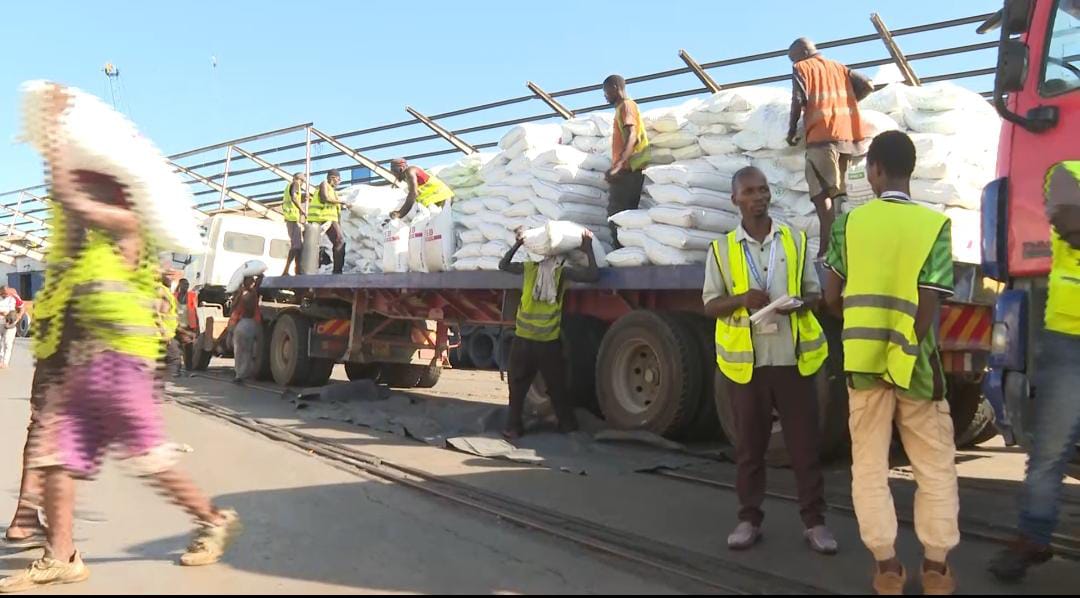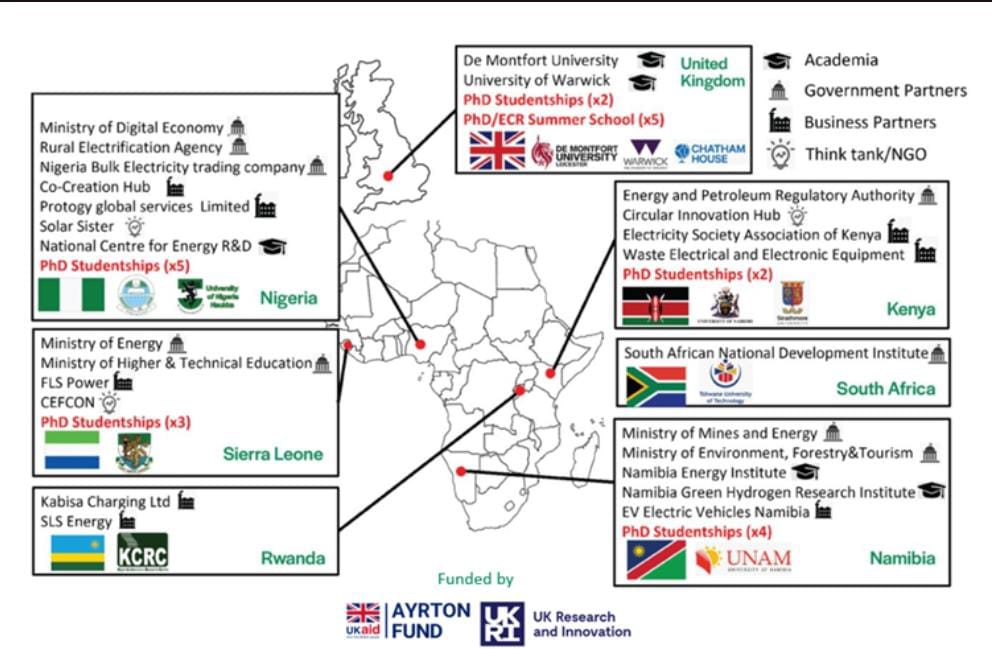Tea from Kenya at the Port of Mombasa ready for the export market|Photo Courtesy
Kenya is embarking on a dual transformative journey, forging a sustainable energy future and safeguarding its vital tea industry, as shown by recent policy developments and strategic initiatives unveiled in Mombasa.
The Ministry of Energy and Petroleum is laying the groundwork for a robust and inclusive energy sector by launching the draft National Energy Policy 2025 and the draft National Petroleum Policy 2025. These policies, designed to align with global best practices, are poised to accelerate Kenya’s economic growth while ensuring a sustainable and resilient energy future.
“The National Energy Policy 2025–2034 is expected to accelerate the country’s transition to a sustainable, inclusive, and resilient energy future,” said Secretary for Renewable Energy Engineer Isaac Kiva during a public participation forum held at the Kenya School of Government, Mombasa campus.
A central pillar of the energy policy is achieving universal electricity access by 2030, with a focus on marginalized rural communities.
This will be realized through grid expansion, off-grid solutions utilizing mini-grids and solar systems, and the integration of renewable energy technologies.
Eng. Kiva said the current electrification coverage stands at 75 percent, with ongoing projects, including the World Bank-funded Kenya Off-Grid Solar Access Project, aiming to bridge the gap.
“We have been able to come up with projects which will accelerate electrification. In grid areas, it is much easier because we extend the power either through the Kenya Power and Lighting Company or through the Rural Electrification and Renewable Energy Corporation. Off-grid areas are more challenging because of the vastness of the areas; they are far from the national grid and what we did there is to come up with an initiative to supply power to those off-grid stations using mini-grids and solar system,” noted Eng Kiva.
The policy also targets universal access to clean cooking by 2030, promoting renewable energy sources like geothermal, solar, wind, and bioenergy, and emphasizing energy efficiency through the adoption of smart grids and electric mobility. Furthermore, the National Petroleum Policy aims to sustainably manage petroleum resources, enhance LPG uptake, and ensure security of supply for both local and regional markets.
While Kenya charts its energy future, the government is also taking decisive steps to protect its tea industry, a significant contributor to the national economy. Agriculture Cabinet Secretary Mutahi Kagwe has pledged to spearhead discussions for the establishment of an Agricultural Police Unit, fashioned like the Tourism Police Unit, to safeguard investments in the tea value chain.
The CS cited the recent invasion by the members of the public on tea plantations and factories, which are privately owned, as one of the incidents that necessitates the formation of the unit.
In addition, the Ministry will pursue tax and duty waivers on packaging materials and tea machinery to promote value addition, and enforce stringent green leaf quality standards to curb malpractices like tea hawking.
The Tea Industry Performance Report 2024 revealed a 9 percent increase in total earnings to 215.21 billion shillings, driven by a rise in export volume and production. However, challenges such as production costs, tea hawking, and value-added tax remain. National Chairman of the Kenya Tea Development Agency (KTDA), Chege Kirundi, pointed out these challenges and called for full disclosure in governance and ethical management.
Kirundi emphasized the need for transparency and ethical management to overcome these hurdles.
According to Charles Mwaura, an established tea packer and tea seller in Mombasa the high cost of entering the tea business, which can exceed Ksh300,000 and includes association fees and membership in the East African Tea Trade Association (EATTA), necessitates partnerships with local governments to provide funding for aspiring tea entrepreneurs.
Despite these challenges, the tea industry has demonstrated remarkable resilience, fueled by favorable weather, fertilizer subsidies, and increased processing capacity. The government’s efforts in marketing tea and supporting local packaging and warehousing initiatives have also played a crucial role in the sector’s growth.






